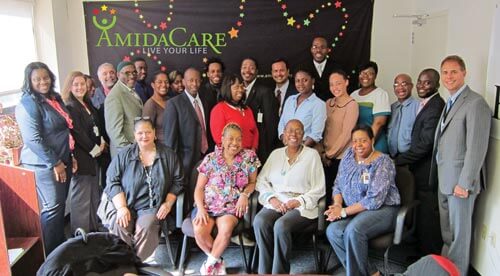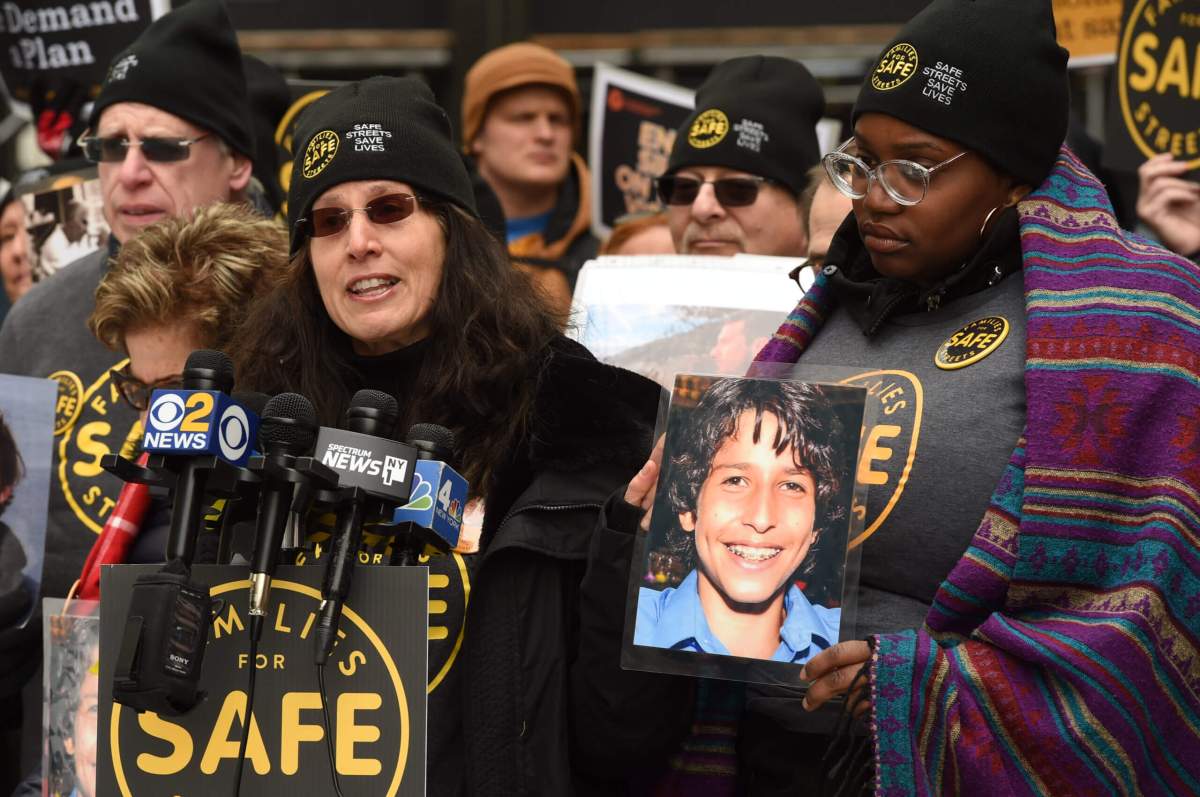The Adjusting for Income Disparity Act of 2012, (AID Act) tabled in the U.S. House of Representatives on March 26 by Rep. Yvette D. Clarke (D-Brooklyn) seeks to end the income disparity between the haves and the have-nots.
The so-called AID Act addresses “the scourge of income disparity currently afflicting our nation,” Clarke said.
If enacted, the law would provide a tax credit for the middle class, aspiring middle class and working poor as well as ensure that the top 1 percent of income earners pay their fair share in taxes by bringing an end to the Bush era tax cuts.
The Bush-era system of trickle-down economics, does not work, Clarke said, adding: “It’s time we give the financial power to the Americans who are the real drivers of our economy. It is simply the right thing to do.”
If enacted the AID Act of 2012 would:
~ Create a refundable tax credit loosely based on the AMT the average disparity in income between the top 5 percent and bottom 5 percent of income earners;
~ Repeal the Bush tax cuts which, according to Citizens for Tax Justice, would cost $5.4 trillion if extended another decade; bringing their 20-year cost to a staggering $7.42 trillion;
~ Define “income” to include wages, income derived from capital gains, interest on municipal bonds, and benefits derived from federal assistance;
~ Create a threshold for tax credit eligibility that encourages Americans to continue to seek employment, and;
~ Direct the IRS to adjust the tax credit yearly for inflation.
Income inequality has grown to its greatest point since estimated income inequality in 1929, at the start of the Great Depression. According to the non-partisan Congressional Budget Office, income for the top 1 percent of households grew by 275 percent between 1979 and 2007. During that same period, income for the middle-class only grew by approximately 40 percent while the bottom 20 percent of income earners only saw their wages increase by 18.3 percent.
According to Moody’s Analytics, Clarke said, the top 5 percent of income earners account for 37 percent of consumer outlays, nearly equaling the 39.5 percent of the bottom 80 percent.
“As we slowly progress from the current economic downturn, we must empower those who are having the hardest time getting back on their feet. For too long our economic policies have favored the top 1 percent of income earners.
“When we focus on ensuring that the poor and working poor have the ability to become economically-viable middle class citizens, then we will know that our economy is headed in the right direction.
“This bill directs this economy to help the majority of Americans, not just a select few,” Clarke added.



























